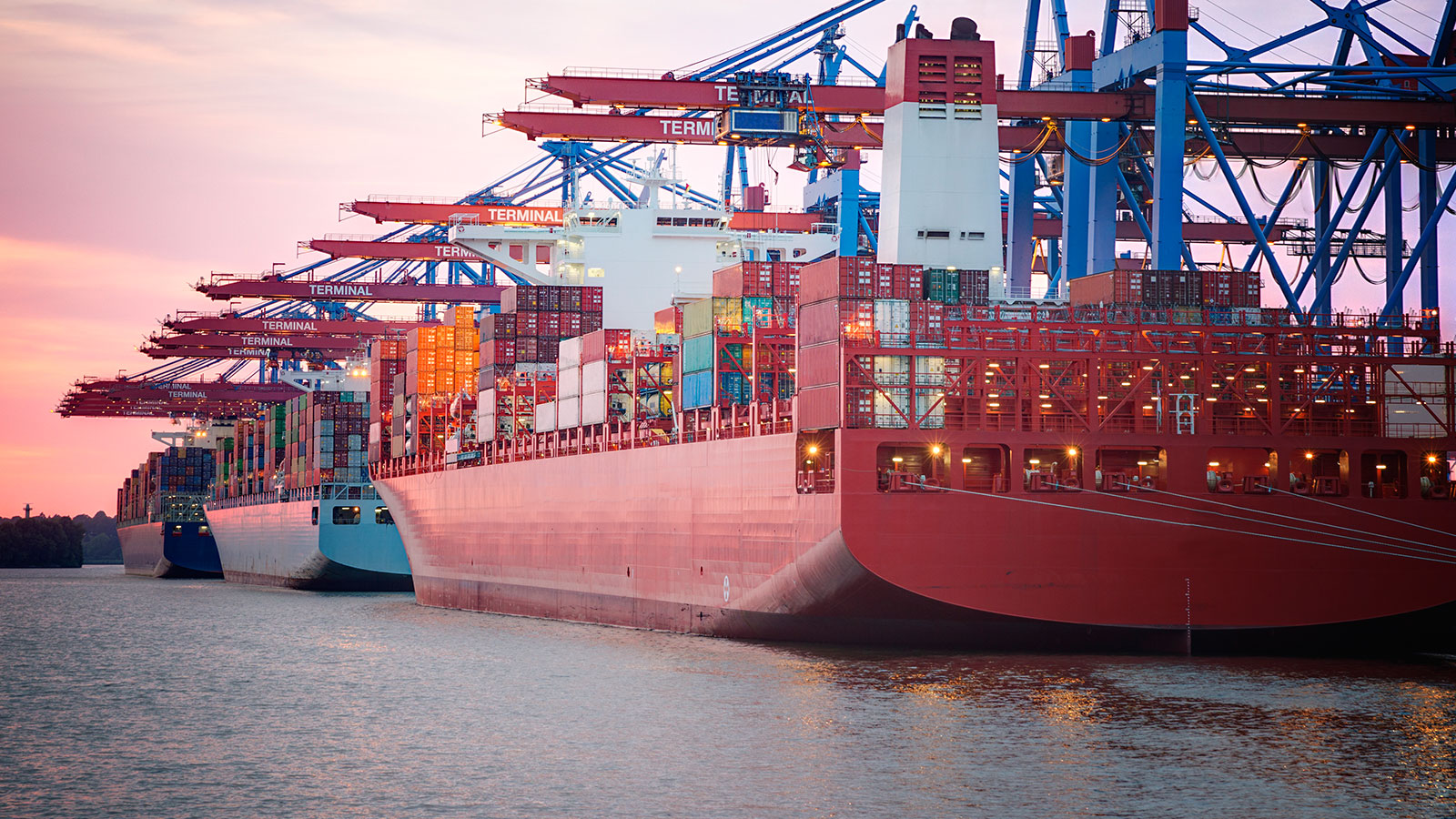Basis for the American Offensive: Report on Foreign Trade Barriers
As it does every year, the U.S. Trade Representative (USTR) published the National Trade Estimate Report on Foreign Trade Barriers on March 31.[1] According to the report, although the European Union applies an average MFN tariff of 5%, certain products—particularly in the agri-food sector—are subject to the Mersing Table, which adjusts tariffs based on the composition of the imported product. In comparison, the average MFN rate applied by the U.S. is one of the lowest in the world at 3.3%.[2]
The USTR also cites technical barriers such as sanitary and phytosanitary requirements, regulations on chemicals, and the classification, labeling, and packaging of hazardous chemical products. The Union’s environmental commitments—including the Deforestation Regulation, the Packaging and Packaging Waste Regulation, and the Renewable Energy Directive—are also viewed as obstacles to U.S. products accessing the European market.
The report also highlights difficulties in accessing public procurement markets for non-EU companies, disparities in how foreign investments are treated by member states, and state subsidies, especially in the aerospace sector.
A significant portion of the report on the European Union is devoted to the pharmaceutical sector and protectionist policies in some countries, including lack of transparency in pricing and reimbursement rules.
Based on all these tariff and non-tariff measures, the U.S. has concluded that the European Union applies a total of 39% in duties including “currency manipulation and trade barriers.” For comparison, the following rates have been determined for other major U.S. trading partners: 67% for China, 46% for Japan, 10% for the United Kingdom, and 61% for Switzerland.
General and Tailored Additional Tariffs
By Executive Order on April 2, 2025,[3] President Trump decided to apply two types of tariffs depending on the trade balance and the severity of the trade barriers implemented by different countries.
A general additional 10% tariff on all products imported into the U.S. starting April 5.
Starting April 9, tailored additional tariffs approximately equal to half the percentage of the estimated trade barriers for the country of origin. Thus, all goods originating in the European Union imported into the U.S. as of that date will be subject to an additional 20% duty. Other partners will face varying rates, including China – 34% in addition to an existing 20%, Japan – 24%, Switzerland – 31%, and India – 26%. This analysis is based on the information published in Annex I of the above-mentioned Executive Order. It should be noted that an unofficial list is currently circulating (published on President Trump's Truth Social account) which includes, on an individual basis, certain French overseas departments and regions (e.g. Guadeloupe and Réunion) which would be affected by a different rate to that of the European Union / mainland France.
Still remain subject to specific rates under previously issued Executive Orders:
- Steel and aluminum and their derivatives, subject to 25% additional tariffs since March 12;
- Automotive vehicles and parts, subject to 25% tariffs, effective from April 3 and May 3, 2025, respectively;
- Goods originating from Canada and Mexico already subject to 25% additional tariffs, except those eligible for preferential treatment under the USMCA. Once these Executive Orders expire or are suspended, the rate will be reduced to 12% ad valorem.
More generally, the additional tariffs will apply only to the non-American content of a product, provided that at least 20% of the value of the item is of American origin (fully or substantially transformed in the U.S.).

Products Exempted from Reciprocal Tariffs
One of President Trump’s main objectives is to reduce the import of finished products and relaunch domestic production in various industries.
Thus, some goods listed in Annex II of the Executive Order are excluded from the additional duties.[4] These include commodity codes in the sectors of salt, mineral fuels, various chemicals, plastics, rubber, wood, publishing products, precious and base metals.[5]
At this stage, pharmaceutical products under Chapter 30 of the HTSUS[6] are excluded from additional tariffs. However, President Trump emphasized that achieving autonomy in the pharmaceutical sector is one of his priorities. According to Eurostat, the medical and pharmaceutical products sector was the leading category of EU exports to the U.S. in 2023 (€55.6 billion), with medications ranked third (€36.1 billion) and medical instruments and devices ninth (€10.2 billion)[7]. Thus, while medications are currently exempt from additional duties, the same does not apply to items like medical devices, prosthetics, or dietary supplements classified under other codes.
In addition, various semiconductor devices are also exempt from additional tariffs due to their essential role in numerous U.S. industries.
De Minimis Exemption – Still Applicable Despite Announced Reciprocal Tariffs, Except for China
The de minimis exemption, widely used in the e-commerce sector, remains applicable despite the reciprocal tariffs. Thus, shipments up to $800 per day per importer remain exempt from the above-mentioned duties.
However, the initial suspension applicable to goods shipped from China or Hong Kong will end on May 2, as per the Executive Order published on April 2. Starting June 1, postal shipments from China or Hong Kong will be subject to either 30% ad valorem duties or a flat fee of $50 per parcel.[8] Carriers handling those international postal shipments must set up customs guarantees in the U.S. to ensure duty payments.
A Counter-attack in Preparation
At this stage, the European Union is preparing a targeted counter-attack (see our previous e-Alert). Measures against American products are expected to take effect on April 14.
The President of the European Commission reiterated her commitment to supporting essential sectors, particularly automotive and steel, which are already subject to 25% additional duties. In her statement, she emphasized the need for dialogue, while not ruling out reciprocal measures.[9] The Chair of the European Parliament’s International Trade Committee, during a press conference, excluded—for now—the use of the anti-coercion instrument, considering it a last-resort measure if negotiations fail.[10]
****
The U.S. is the European Union’s largest trading partner, with over €500 billion in exports in 2023.[11] Companies exporting to the U.S. must prepare for the 20% additional duties. Among the most impacted sectors are aerospace (€10.5 billion), ships and floating structures (€9.3 billion), alcohol and spirits (€8.2 billion), telecommunications equipment (€6.3 billion)[12], and luxury goods. Preparation requires not only strategic supply chain reorganization but also a close focus on customs and tax issues.
[5] [1] Chapters of the Harmonized System referred to in Annex II : salt, sulphur, earths and stones, plasters, limes and cements, ores, slags and ashes, mineral fuels, mineral oils and products of their distillation; bituminous substances; mineral waxes, Inorganic chemicals; inorganic or organic compounds of precious metals, radioactive elements, rare earth metals or isotopes, organic chemicals, Fertilizers, Tanning or dyeing extracts; tannins and their derivatives; pigments and other coloring matter; paints and varnishes; mastics; ink, Organic surfactants, Ferrocerium and other alloys, Miscellaneous chemical products, Plastics and articles thereof, Rubber and articles thereof, Wood, wood charcoal and articles thereof; cork and articles thereof; articles of straw, of esparto or of other plaiting materials, Products of the publishing, printing or other graphic industries; manuscripts, typescripts and plans, Unwrought silver and gold, Platinum, unwrought or in semi-manufactured forms, or in powder form, Base metals.
[6] Harmonized Tariff Schedule of the United States
[7] Eurostat, EU Trade with United States, 2023
[11] Council of the European Union: EU-US trade: facts and figures, 4 April 2025
[12] Eurostat, data on European Union exports to the United States for 2023
Une question ? Une demande ?
Inscrivez-vous à nos eAlertes
Actualités juridiques et fiscales
Contactez-nous








